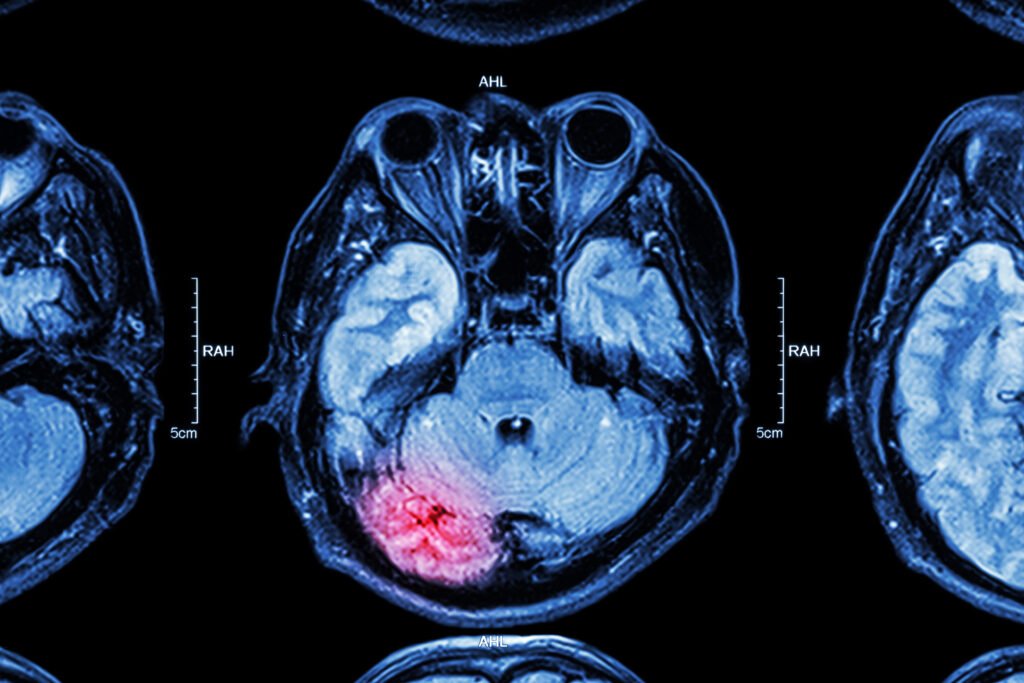
The human body can protect itself from any harm or danger that may come its way. However, some unfortunate incidents may inflict significant damage to your body, resulting in disability or death. This is known as traumatic injury. This type of injury may require immediate medical treatment.
One can sustain a traumatic injury due to a car accident, stab or gun wound, and burns. How do you deal with it? Check out the following suggestions:
1. Use Circulatory Management Equipment
Traumatic injuries can leave a person incapable of absorbing fluids critical to keeping their body functioning. Health professionals use the process of intraosseous infusion (IO) with the help of circulatory management equipment like SAM IO to transfer these fluids directly into the patient’s bone marrow.
The equipment used for circulatory management looks like a spray gun, with a needle in front of it. It may include:
- a needle vise
- extension tube
- safety cap
- a stabilizer
- the driver
- variety of needle length
- stylet
How To Perform An Intraosseous Infusion
A. Clean the area where you will inject the needle using alcohol and cotton to prevent infection. You can choose from:
- Proximal humerus – the bone around the patient’s shoulder
- Proximal tibia – the bone located 1 cm above the patient’s knee
- Distal tibia – the ankle joint
- Distal femur – the bone located 1 cm below the patient’s knee
B. Inject the needle assembly through the skin and the adipose tissue (body fat.)
Reminders:
- It is essential to determine the correct needle length for the injection. Consider examining it before doing the procedure. An incorrect injection may cause fever, muscle aches, and other disorders.
- Keep 5 mm of the needle assembly visible above the skin.
C. Gently actuate the driver’s trigger. Keep the IO insertion steady to make a controlled entry. Don’t use excessive force. Continue compressing the driver trigger until the needle reaches the compact bone. You may know it when you feel like something ‘gives’ or ‘pops’ during the procedure. Control patient movement that may interrupt the injection, if there are any.
D. Remove the stylet by stabilizing the needle assembly hub while lifting off and disconnecting the driver.
E. Disconnect the stylet from the driver and put it directly into the needle vise.
F. Connect the extension tube to the catheter hub by twisting it clockwise.
G. Flush the IO based as directed by your medical standard. Repeat the process as needed.
H. Do not let the catheter be inserted for more than 24 hours. Consider removing it from the catheter hub as soon as possible.
I. Disconnect the extension set. Attach a 10-mm injection tube. Secure its grip with the catheter hub and gently twist clockwise until the removal of the equipment.
2. Put Some Pressure On The Affected Area
Consider putting some pressure on traumatic injuries that cause wounds. Note that traumatic injuries can inflict deep wounds, like those from stabs and gunshots. The blood will continue to ooze without pressure, leading to blood loss.
Putting some pressure on the affected area limits blood oozing because the artery is being pushed against the bone. It cuts off blood supply from the affected area.
3. Call For An Ambulance
A traumatic injury may require immediate medical treatment. If you don’t possess any medical training, you can still help someone who suffers from such an injury in another way. You may call an ambulance to let health professionals take over the situation as soon as possible.
4. Observe The Patient Carefully
Some traumatic injuries may not show symptoms indicating that the patient is suffering from an illness. Like other mild traumatic injuries, a person may be asked to go home after a brief consultation at the hospital.
If you feel like your friend or loved one is suffering from a traumatic injury that is yet to show symptoms, consider keeping an eye on them. There are traumatic injuries from an accident that are not severe initially but may gradually worsen if left untreated.
5. Follow Health Professionals’ Advice
Trauma surgeons are health professionals who treat traumatic injuries like bone fractures, cuts, and even shocks. They perform operations as necessary and prescribe medication to help their patients recover quickly.
Therefore, heed your doctor’s advice if you suffer from a traumatic injury. Not following their recommendations may slow down your recovery or worsen your condition.

Conclusion
A person’s traumatic injuries due to an unfortunate event can be mild or lethal and may require medical treatment to prevent complications. However, you can save someone suffering from a traumatic injury by considering the suggestions discussed in this article.



